Mindfulness refers to remaining grounded in the present moment during everyday activities, which has been shown to improve physical and mental health and enhance quality of life. Mindfulness is a powerful tool for managing and relieving stress and anxiety, shifting negative thought patterns, and can support changing habits for a healthier lifestyle. Mindfulness can also be used to as a way optimize performance and productivity in a number of areas, including in athletics, art, communication, and in one’s career. As one progresses in living mindfully, they may develop a more vivid and meaningful experience of life.
Many people are interested in mindfulness, but are confused about how best to implement it in their everyday lives. Here are four simple concepts that will enhance your understanding of mindfulness and help with applying mindfulness in your everyday life:
1. Develop awareness and equanimity
The goal of mindfulness is twofold: 1) to develop self awareness of sensations within the framework of your body, and 2) to develop equanimity, or non-reactivity to sensations, even in difficult situations. Developing awareness and equanimity is a gradual practice. You can start by being aware of the sensations of breathing, such as by just feeling the sensations of breathing through your airway (nostrils, throat, and lungs). The goal is to simply observe the sensations caused by your breath entering and leaving your airway, but without interpreting those sensations. To practice, try observing your breath for five minutes while sitting in comfortable posture. Then try to maintain awareness of your breath sensations during specific activities, like washing dishes, doing laundry, or while in the shower. Once you’ve gotten used to simply observing your breath sensations, try remaining aware of your breath throughout the day. You may notice that your breathing becomes more regular, that you generally feel more relaxed, and that you’ve become less reactive in general.
2. Notice when you are feeling stressed or triggered
When you become stressed or triggered, practice remembering to observe your breath sensations. Doing so will help you to react less to the sensations that are causing you stress, and support you in recovering from feeling stressed more quickly. For example, maybe something that you find triggering would typically make you feel angry or anxious for a whole hour, or even a whole day. With practice, that amount of time spent ruminating will shorten. Instead of an hour, it will last 50 mins; instead of 50 minutes, it will last 30 minutes. With practice, you will eventually ruminate for only a few minutes. You might even stop the process of blind reaction the moment you first experience the negative sensation. This will contribute to a resilient sense of calmness, self-control, and clarity, and eventually will leave you feeling more energized.
3. Practice loving kindness
Once you have practiced being mindful (i.e., self aware and equanimous) for periods of time, you can start experimenting with positive affirmations centered around loving kindness. Try focusing on sensations in your heat center (i.e., the center of your chest) and make silent affirmations that are rooted in loving kindness. For example, you might say to yourself, “May I be happy, peaceful, and free from negativity. May I come out of my suffering. May all my friends and loved ones be happy and peaceful. May all people be happy and peaceful, and free from suffering.” Practicing these self-affirmations throughout your day will result in your being more spontaneously compassionate and joyful. You might find yourself more willing to help others selflessly, or you might notice yourself smiling and laughing more often.
4. Make a routine
Try practicing mindfulness and loving kindness at regular times during the day, such as every time you wash dishes, while you are driving to work, or while you use the restroom. Ritualizing your practice of mindfulness will eventually make the practice habitual, which will support your being mindful more often throughout your day. Eventually, you might find that you start becoming spontaneously mindful, or spontaneously practicing loving kindness. This is a sign that you are becoming more established in the practice of mindfulness, i.e., you are living more in the present moment. If you are very motivated, you might work toward being mindful throughout the day. But don’t be too hard on yourself. Even just one minute of mindfulness is better than nothing. Eventually it will be two minutes, then three, then ten, then an hour, and so on. Remember that it is a gradual practice of cultivating awareness and equanimity throughout your day.
Please Note
It is important to remember that mindfulness involves a process of waking up to one’s inner reality, thereby becoming more conscious of one’s subconscious experience. Sometimes, the practice of mindfulness can illuminate some uncomfortable sensations within the body. Moreover, while developing awareness and equanimity does make one more calm and resilient, it also makes one’s experience of the body more vivid. Therefore, while living mindfully for an extended period, people may acknowledge you as seeming very peaceful and calm, while your inner experience may be vivid and intense at times. Individuals who have experienced severe trauma or have a mental health diagnosis should speak with a mindfulness expert before taking on a mindfulness practice, as going inside may be overwhelming for some, and may result in dissociation or exacerbate an existing condition. Those who wish to take on a more serious meditation practice should consult an expert as well.



